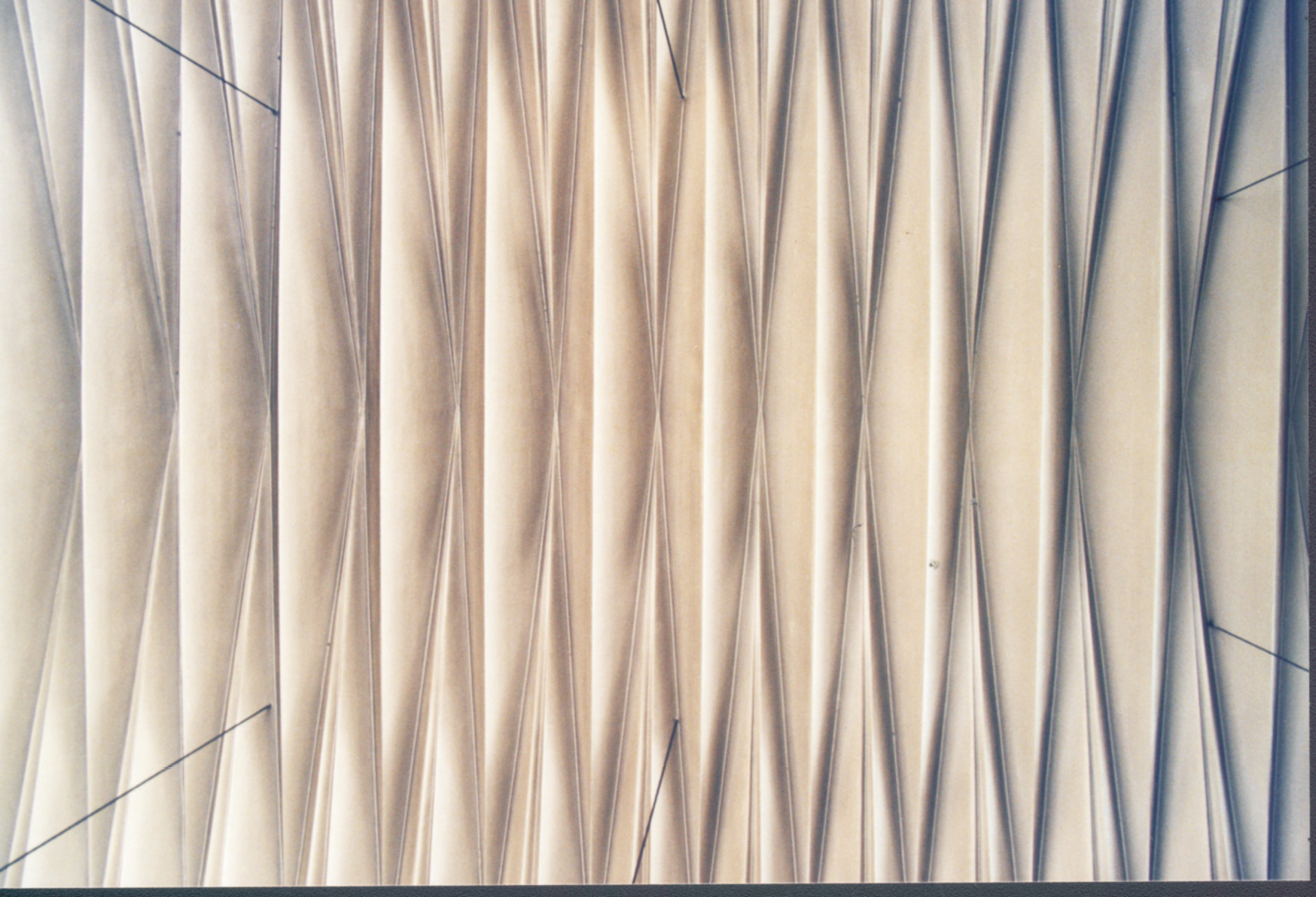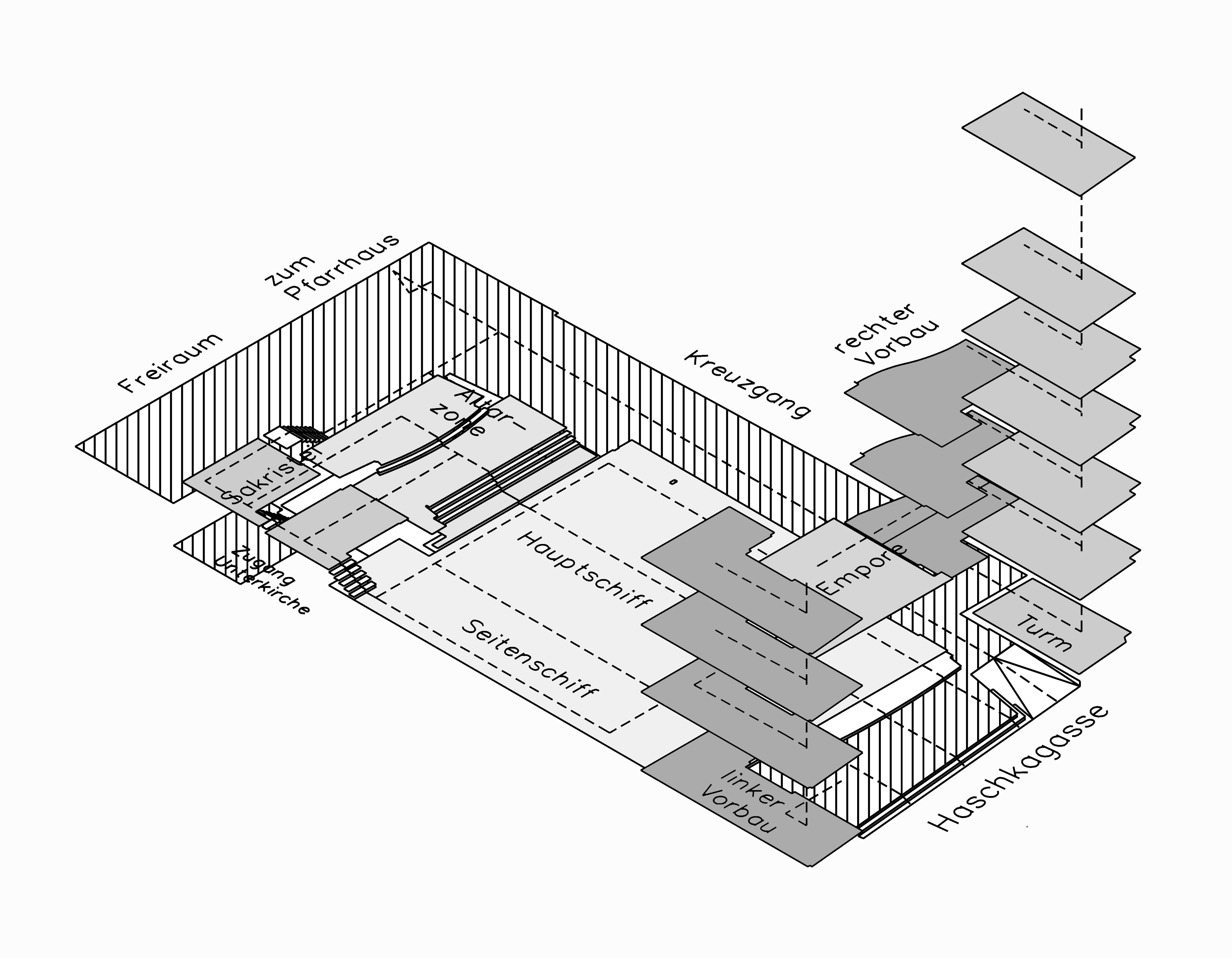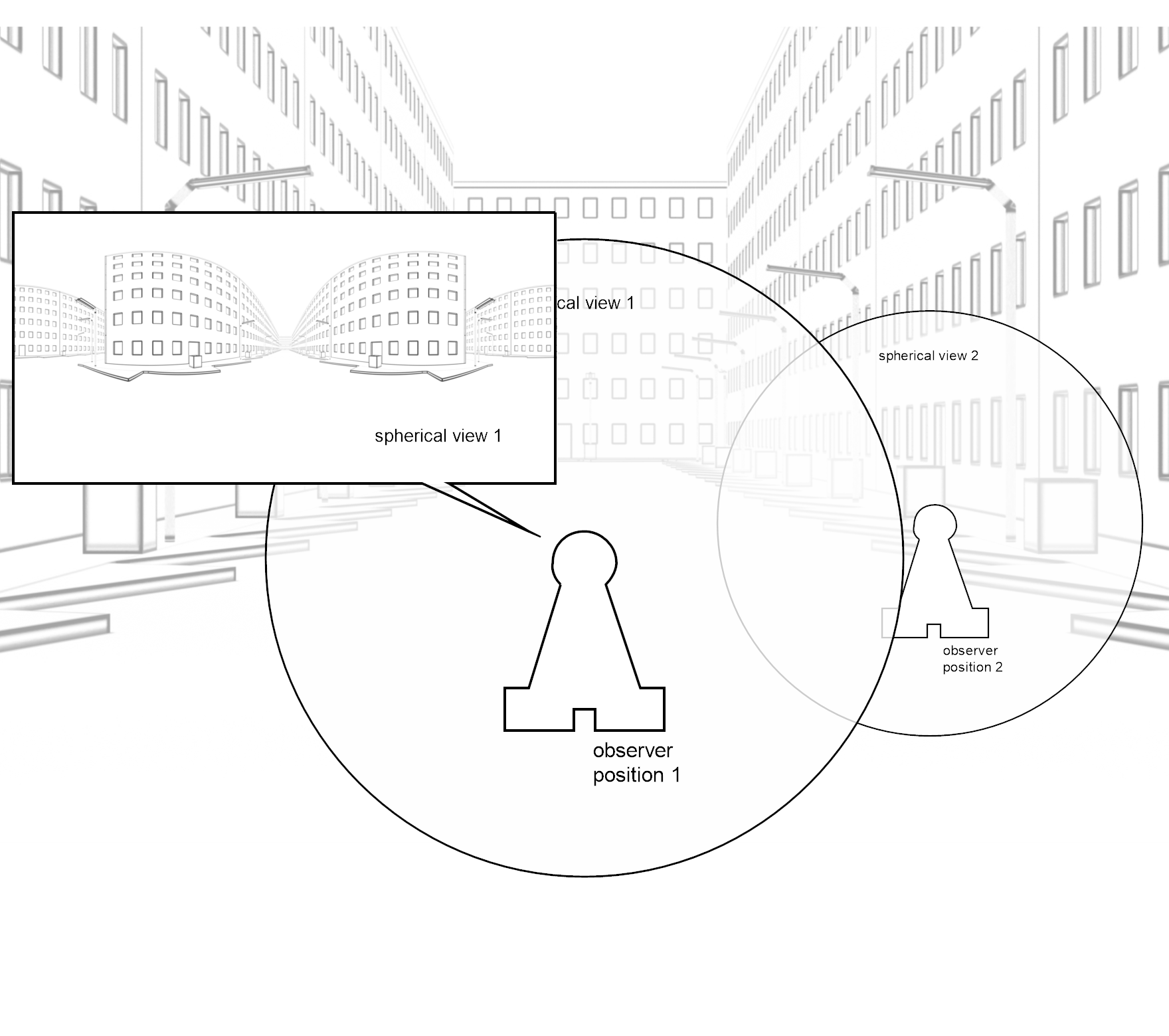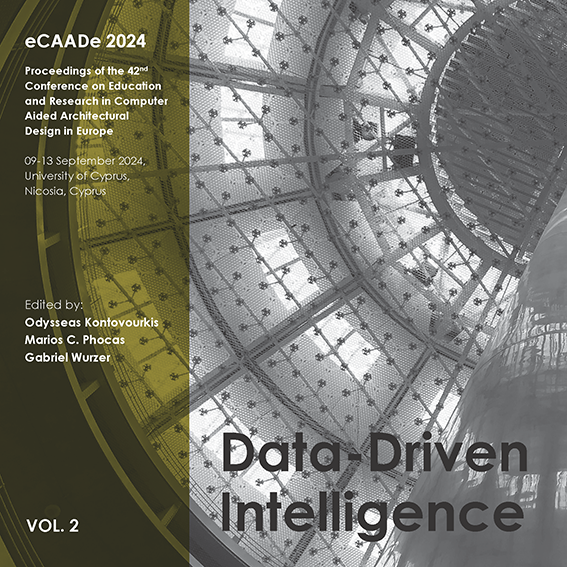4.2.3 Box-Counting Dimension "Db"
The box-counting dimension “Db” is equivalent to Mandelbrot's fractal dimension “D”. Generally no clearly repeating self-similar structure as in the Koch curve can be found in any real-world object, which means that these less regular shapes cannot be divided into equal parts and by that the self-similarity dimension method will not work. But there is also a problem when measuring the dimension of a coastline or part of it with the help of the measuring-method if surrounding islands are to be included.
In such cases the so-called box-counting method, which is often used by calculating programs for the computer, takes remedial measures. It works very well for images prepared as a black and white image of any object. At the same time it is important to remember that it is the dimension of the image, which is measured, and not the object itself.
How does the box-counting method work? First a grid is put over the image, e.g. a border line or an elevation of a building. Then the boxes, which contain part of this border or edges of the elevation, are marked[01]. The number of boxes of the bottom row of the grid gives the unite-size, the scale. At the next step a lower grid is chosen and again those boxes, which contain a relevant part of the image, are marked. That means by using the box-counting method not the line is divided into parts but the grid, which is put over the line. For calculation the occupied boxes of each grid-size are counted. Finally, as with the measuring-methods above, different scales are compared, see picture 25. The formula for calculating the fractal dimension is the following:
![]()
N ... is the number of boxes in each box-grid which contains part of the structure;
1/s ... number of boxes across the bottom of the grid - unity-size;










